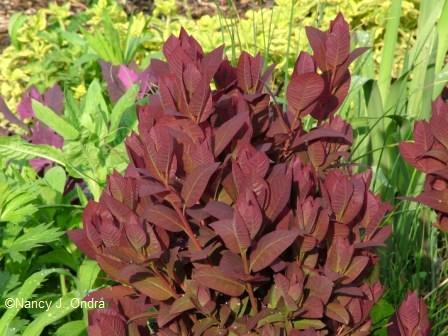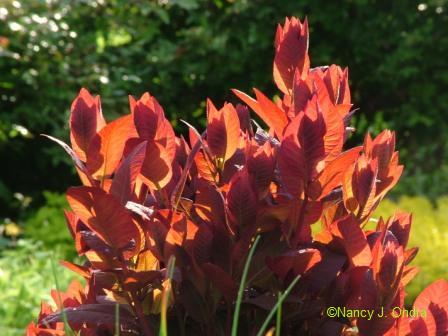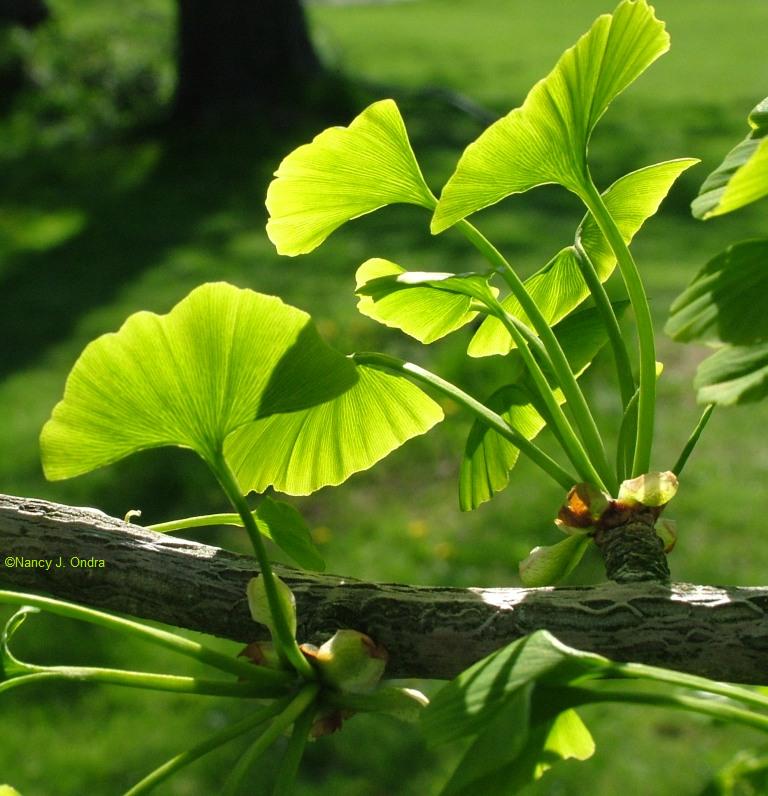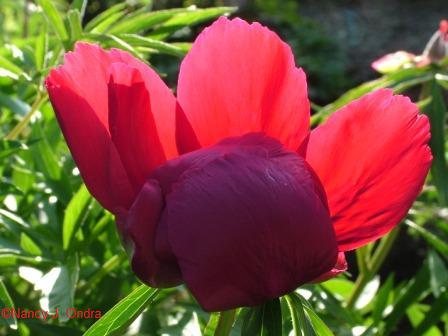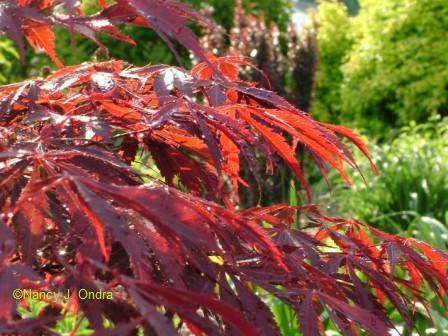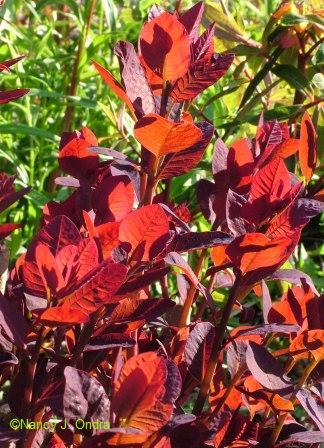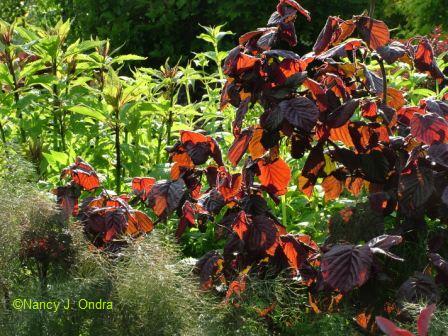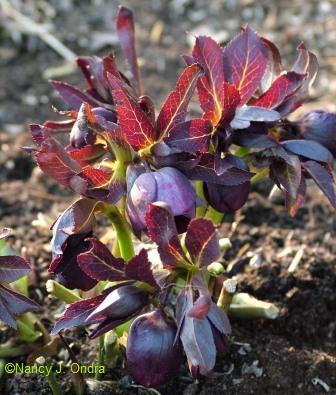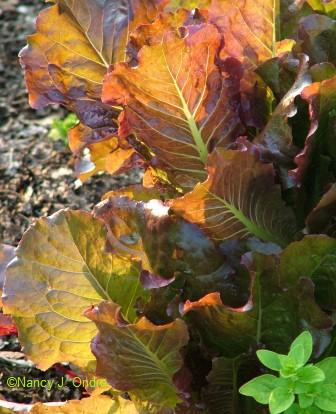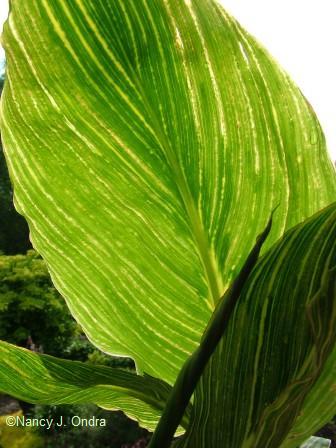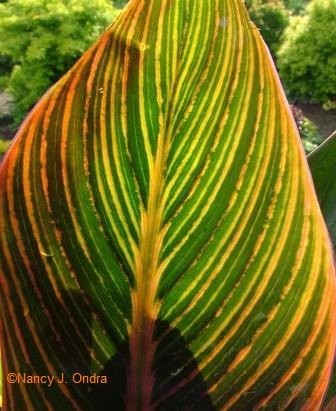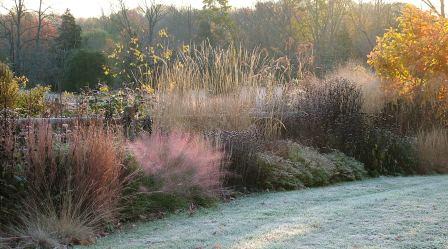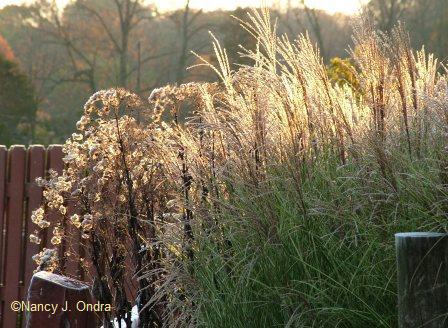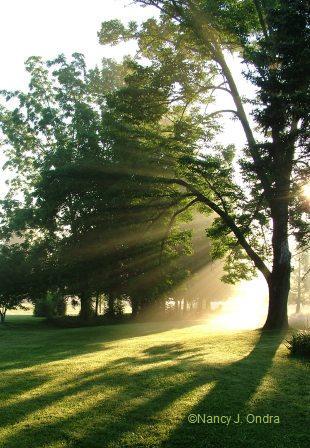 We gardeners spend a good bit of time thinking about light. Is our yard too sunny for a plant we want to try, or is it too shady? How much light qualifies as “full sun”? What’s the difference between part sun and part shade? How about morning sun versus afternoon sun? Some of us have all-day sun and desperately want some shade; others long for just a bit more light so they can grow a wider range of plants.
We gardeners spend a good bit of time thinking about light. Is our yard too sunny for a plant we want to try, or is it too shady? How much light qualifies as “full sun”? What’s the difference between part sun and part shade? How about morning sun versus afternoon sun? Some of us have all-day sun and desperately want some shade; others long for just a bit more light so they can grow a wider range of plants.
Obviously, the practical aspects of light have a big impact on our plant choices, and on our success in the garden. But there’s also an aesthetic aspect to light: the way it dramatically changes the look of the garden through the day and through the seasons.
I often wonder why garden tours are so often planned for the late morning hours. Well, I realize it’s basically for the convenience of the host and the participants, but really, the light is so much prettier in early morning and early evening that it shows off just about any garden to better advantage. And sometimes, the effects of back- and side-lighting can be absolutely spectacular. Below is ‘Grace’ smokebush (Cotinus). I took the first shot with the sun almost behind me, so it’s shining directly on the plant.
The plant itself is nice, but the light is harsh and not very flattering. The next photo shows the same plant shot from the other side, so the sun is shining through it.
Pretty cool, huh?
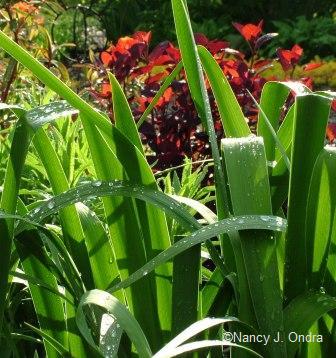 Spring is my favorite time for capturing great light effects in my garden. At this time of year, the sun sets through a break in the tree line across from my house, so it comes sideways into the garden well into the evening. Shining through green leaves, it creates intriguing shadows and halos, as with the ‘Gerald Darby’ iris foliage at right and the ginkgo (Ginkgo biloba) leaves below.
Spring is my favorite time for capturing great light effects in my garden. At this time of year, the sun sets through a break in the tree line across from my house, so it comes sideways into the garden well into the evening. Shining through green leaves, it creates intriguing shadows and halos, as with the ‘Gerald Darby’ iris foliage at right and the ginkgo (Ginkgo biloba) leaves below.
Yellow leaves are bright on their own, but a little backlighting can add just a touch more glow, as on this golden elderberry (Sambucus nigra ‘Aurea’).
But really, the very best light effects come from the purples, reds, magentas, and oranges. Here’s a sampling of some of my favorites, starting with Magic Carpet spirea (Spiraea ‘Walbuma’).
A peony flower (Paeonia veitchii, I think).
Here’s Diabolo ninebark (Physocarpus opulifolius ‘Monlo’)…
…and an unnamed Japanese maple (Acer palmatum).
Purple-leaved smokebush cultivars, such as this ‘Velvet Cloak’, are absolutely fantastic for creating great light effects.
But I think my new favorite, ‘Red Majestic’ contorted hazel (Corylus avellana), is possibly even better.
One of the best things about back-lighting is the way it shows off otherwise-unnoticed leaf veining. It’s especially good with thin leaves, such as the new hellebore foliage shown below…
…and on ‘Outredgeous’ lettuce.
The large but thin leaves of cannas are also terrific with the light shining through them. Here’s ‘Pretoria’ (or ‘Bengal Tiger’, or whatever you want to call it)…
…and ‘Pink Sunburst’.
Other thin-leaved tropicals, such as bananas (Musa and Ensete) and colocasias, can create equally outstanding light effects in summer. Swiss chards, particularly those with red, orange, yellow, or pink veining, can be super too.
Fall and early winter are also good times for special light effects here, but at that time of year, it’s the morning sun that makes the magic. Here, it’s shining into a white autumn crocus (Colchicum autumnale ‘Album’).
And look how the side lighting makes the pink plumes of muhly grass (Muhlenbergia capillaris) positively sparkle.
Sometimes, the misty morning light can make the late-season border appear moody and mysterious.
And it’s images like this – morning light on the plumes of Miscanthus ‘Morning Light’ – that make it worth getting up early at any time of year!

